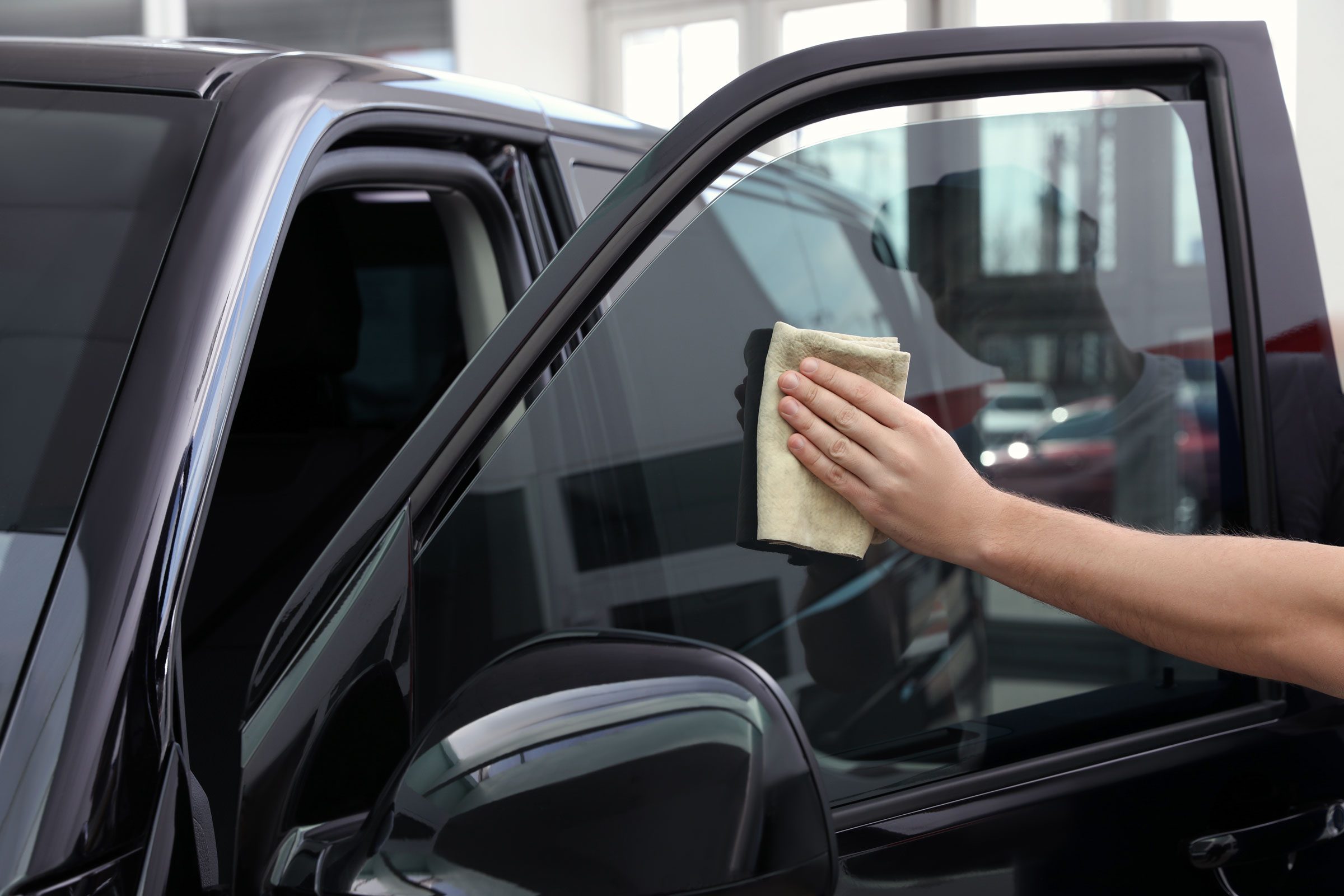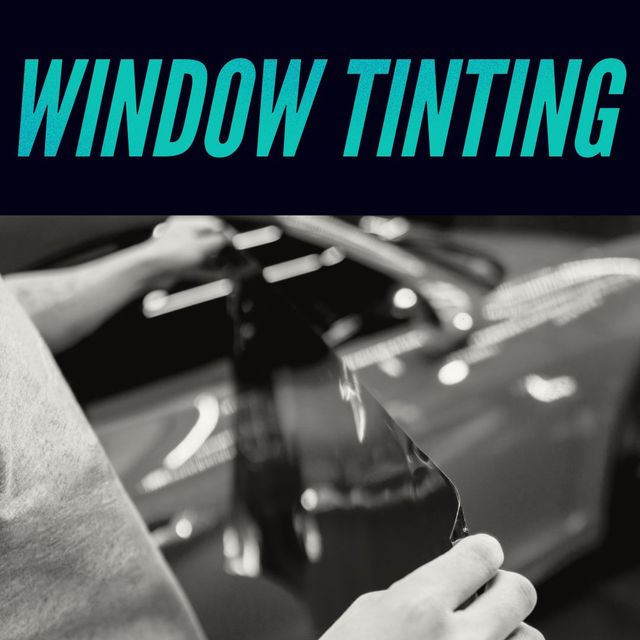Economical Auto Window Tinting for every single Car Kind
Economical Auto Window Tinting for every single Car Kind
Blog Article
Window Tinting Laws and Standards: What You Required to Know Prior To Tinting Your Automobile
Before proceeding with window tinting for your car, it is vital to acquaint yourself with the varied legislations and guidelines that control this technique throughout various states. These policies determine the acceptable levels of tint darkness, frequently gauged by noticeable light transmission (VLT) percents, and include specific terms for front windshields intended at making certain road security.
Introduction of Home Window Tinting Rules
Home window tinting laws are often based on variant throughout different territories, reflecting regional regulations and safety considerations. These laws dictate the acceptable levels of color darkness and reflectiveness on lorry windows, guaranteeing that drivers maintain appropriate exposure while likewise shielding versus harmful UV rays and heat.
Many policies identify home window tinting based on the Visible Light Transmission (VLT) percentage, which suggests the quantity of light that can go through the window. Typically, lower VLT percents signify darker tints. Legislations often set apart in between the front, side, and rear home windows, with stricter limitations put on the front windshield to enhance safety and security for both the vehicle driver and other roadway users.
Conformity with home window tinting guidelines is vital, as infractions can result in fines, compulsory elimination of the color, and possible boosts in insurance premiums. It is necessary for vehicle proprietors to familiarize themselves with local laws prior to continuing with home window tinting setups.
State-by-State Tint Laws
Comprehending the certain window tinting regulations in each state is vital for lorry proprietors seeking to adhere to the legislation. Each state in the U.S. has developed its own collection of rules governing home window tinting, which can differ considerably. These policies usually dictate the permitted degrees of color darkness, the kinds of home windows that can be tinted, and any type of clinical exceptions that might use.
For example, states like California have strict constraints on tint darkness for front windows, while others, such as New Mexico, may enable darker colors. Furthermore, particular states mandate particular presence percentages for different windows, including the windscreen, front side home windows, and back home windows. It is essential for cars and truck owners to familiarize themselves with their state's regulations to prevent potential penalties or fines.
Additionally, some states may require an accreditation sticker to be positioned on colored windows, suggesting conformity with state laws. Failure to adhere to these regulations not just risks lawful repercussions yet can likewise affect security and exposure while driving. Automobile proprietors must conduct detailed research study or consult regional authorities to ensure full understanding and conformity with state-by-state tint guidelines.
Allowed Tint Types and levels
Lots of vehicle proprietors may be amazed to learn that permitted tint degrees and kinds vary extensively across different states. Each state has actually established its very own regulations relating to the permitted darkness and reflectivity of window color, commonly gauged by Visible Light Transmission (VLT) percents. VLT describes the quantity of light that can travel through the tinted windows; therefore, a lower percent suggests a darker tint.

Additionally, the kinds of color materials permitted can vary, with some states restricting metallic or mirror-like surfaces. It is necessary for automobile proprietors to familiarize themselves with their state's certain legislations to guarantee compliance. Non-compliance can cause penalties, necessary elimination of the color, or various other lawful repercussions, making it necessary to comprehend these laws prior to waging setup.
Medical Exemptions for Tinting
While not all states provide allocations for clinical exemptions relating to home window tinting, those that do acknowledge the need for details individuals to boost exposure and comfort due to clinical problems. Numerous medical problems, such as lupus, skin cancer cells, and certain eye disorders, can render people specifically delicate to sunlight. These individuals may need darker tints to shield themselves from damaging UV rays and glare.

It is very important to note that despite a medical exception, there might still click for source be restrictions on the level of color permitted. Compliance with state legislations makes certain that people are both protected and within legal restrictions. Those taking into consideration medical exemptions need to contact their local Department of Electric motor Vehicles or equivalent authority to recognize the needs and procedures essential to apply for an exception successfully.
Fines for Non-Compliance
Stopping working to adhere to home window tinting regulations can bring about substantial penalties, which vary by state. Legislation enforcement firms are empowered to provide citations for automobiles that do not comply with the defined tinting guidelines. These fines typically consist of penalties, which can range from small amounts to several hundred bucks, relying on the seriousness of the infraction and the state concerned.
In some jurisdictions, repeated offenses might result in intensifying fines or added fines, such as necessary court looks. Non-compliance might click this site require the elimination of unlawful tinting, commonly at the owner's expenditure. In extreme cases, habitual wrongdoers might face suspension of their vehicle enrollment up until compliance is achieved.
Furthermore, insurance implications might develop from receiving numerous citations for window tint infractions. Insurers may check out such violations as an indication of riskier actions, potentially bring about boosted premiums or trouble in insurance coverage.
To stay clear of these penalties, it is vital for vehicle proprietors to familiarize themselves with their neighborhood window tinting laws and make sure that their lorry complies (Window Tinting). This positive method not just prevents lawful ramifications however likewise promotes roadway security
Conclusion

The majority of policies categorize window tinting based on the Visible Light Transmission (VLT) percent, which suggests news the amount of light that can pass through the home window. Conformity with window tinting laws is essential, as infractions can result in penalties, compulsory removal of the color, and potential increases in insurance coverage costs.Recognizing the specific window tinting guidelines in each state is important for automobile proprietors seeking to conform with the law. These policies often dictate the permitted levels of tint darkness, the kinds of windows that can be tinted, and any kind of clinical exceptions that may apply.
For circumstances, states like The golden state have strict constraints on tint darkness for front home windows, while others, such as New Mexico, may permit darker tints.
Report this page